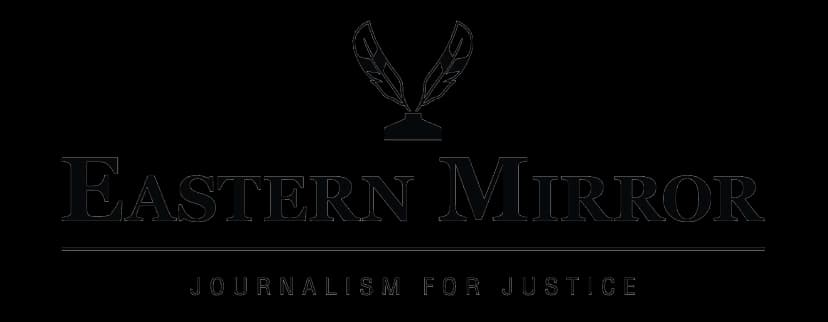FRIDAY, JULY 04, 2025
- Home
- Engineering a Walkover
Engineering a Walkover
Published on Jan 16, 2018
Share
It was in 1998 that the Naga Hoho gave the call to all the political parties and intending candidates to boycott the then state assembly elections on account of the ceasefire agreement that was signed between the NSCN(IM) and the Government of India in 1997. The slogan “We want solution not election” was an emotionally strong message that won the hearts of many Nagas. For those who understood the nitty-gritties of politics it was also the ultimate scheme to ensure a walkover for the Naga Hoho. Unfortunately for Naga Hoho, it turned out that the walkover was for those who were better at statecraft and not them. If the NSCN(IM) backed slogan for the boycott was successful then the Naga Hoho would have been the only acceptable apex organisation at that time. The constitutional crises so generated would have forced the Centre to have some kind of arrangement with Naga Hoho for the administration of the state was the expectation. However all those scenarios became only suppositions and what-if analysis, with no practical implications.
Regardless of the call, the Indian National Congress went ahead with the nominations followed by a few independent candidates. All the regional parties abstained from the elections process. Election process went ahead with a total of 79 contestants and polling was held in 17 constituencies. The final outcome was unprecedented in the history of the state when INC won 53 seats mostly uncontested. The remaining 7 seats were won by Independent candidates. It was also alleged that many of the independents had the tacit support of the INC and so ultimately the treasury bench had 59 members with a lone independent as opposition. Although some candidates faced threats and probable attempts on life, all in all it was a walk in park for the Indian National Congress party, gift wrapped and handed over by the Naga Hoho. In the end, the regional parties turned out to be the biggest losers even leading to the de-recognition of the Nagaland Peoples’ Council party by the ECI.
The branding of being an anti-Naga of those who joined the election process went on for some time but as public memory is short many of those who did not adhere to the boycott call are still very active in the state politics. The current chief minister being one of them. Some years later many of them instead turned out to be more brazen supporters of the peace process. Power and influence can also have its own soothing and remedial affects on a public that is so divided on regional, tribal and village lines that the public easily forgave the candidates. However they have not forgotten the role played by Naga Hoho at that time.
In the last 20 years the Naga Hoho has become weaker; it had seen its heydays. It is in no way to undermine the wish and aspiration of the people to have a strong Naga apex body for all Nagas. It still exists and will continue. Nevertheless the ground reality as of now is that to consider Naga Hoho as the voice of all the tribes have become doubtful. Looking back at the 1998 fiasco, realisation should also dawned that the peace process is not a tripartite talk nor does it have a third party negotiator. Therefore the solution is largely dependent on what India has to offer keeping in mind that it has to be favourable for India too. So a breakdown of constitutional machinery at such a juncture is not what the Government of India would want. The Naga Hoho therefore needs a rethink on the call to boycott the elections. Else even this time it would turn out just like a scheme for one of the national political parties to get a walkover.

